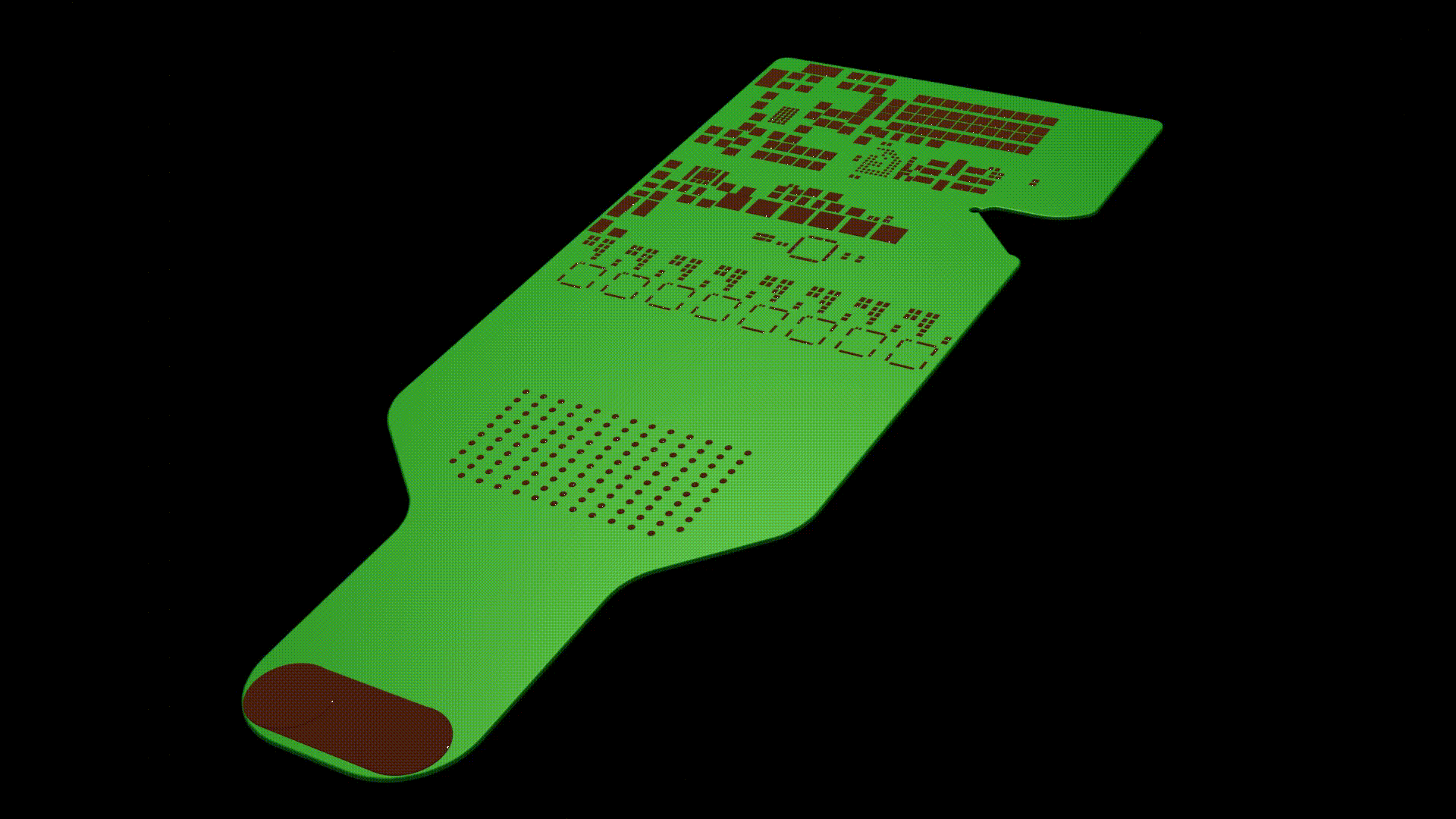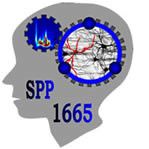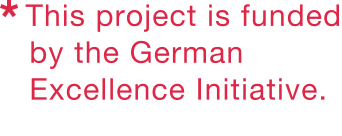Previous Projects
DIP METACOMP

DIP - METACOMP / in collaboration with Fraunhofer IMS
From 2002 to 2006 the Bundesministerium für Bildung und Forschung (BMBF) funded the DIP METACOMP (Models and Experiments towards Adaptive Control of Motor Prostheses) initiative. A problem for neuronal prostheses are non-stationarities. Due to neuronal plasticity, degeneration of the recording electrodes or mechanical perturbations, the mapping between intended actions (like movements) and the neuronal activity patters may change over time. This is a problem for a prosthesis that interprets these patterns and tries to reconstruct the said intended action. In cooperation with Eilon Vaadia (University of Jerusaelm) and Ad Aertsen (University of Freiburg), we developed algorithms for online-adaption of neuro-prostheses control systems. Based on the actual performance of the prostheses, the online-adaptation tries to find better settings which improves the performance of the system. [Publication]
Furthermore, we developed in cooperation with the Fraunhofer-Institut für Mikroelektronische Schaltungen und Systeme IMS and Andreas Kreiter (University of Bremen) a completely wireless implantable one-channel recording system (see figure).
BMBF KALOMED

Innovationswettbewerb Medizintechnik - Kabellose Erfassung lokaler Feldpotentiale und elektrische Stimulation der Großhirnrinde für medizinische Diagnostik und Neuroprothetik (Kalomed)
In the year 2009, the Bundesministerium für Bildung und Forschung (BMBF) funded the project "Innovationswettbewerb Medizintechnik - Kabellose Erfassung lokaler Feldpotentiale und elektrische Stimulation der Großhirnrinde für medizinische Diagnostik und Neuroprothetik" (short Kalomed). Klaus Pawelzik is coordinator of this joint research project. Member of this cooperative project are the groups of Andreas Kreiter, Walter Lang, Steffen Paul, and Martin Schneider of the University of Bremen as well as the group of Christian Elger (Epileptologie, University of Bonn) and the company Brain Products.
A problem for neuro-technological applications is to record the neuronal activity patterns in high spatial density over a long time (like a life time). For acquiring the required spatial and temporal resolution, it is necessary that the electrodes (interface between the recording system and neuronal substrate) are placed as near as possible to the neuronal circuits. The electrodes need to be placed at least under the skull of the patient. From this a problem arises: How can the implanted electrodes be connected to an external recording system? Cables as connectors cause problems because they run through the bone and create channels which allow bacteria to travel into the head of the patient. This bears a high risk for an infection. Furthermore, the cables that exit the body generate an additional high mechanical risk. If the cables get stuck and are pulled on, this can create severe injuries.
Goal of this project is the development of a fully implantable wireless recording system. The idea is to develop a very small system that collects energy wireless as well as communicates with the external world wireless that doesn't show the problems of a system with cables.
FSP Neurotechnologie
Forschungsschwerpunkt Neurotechnologie
The university of Bremen decided in 2009 that neurotechnology is an important research direction. This lead to the installment of a new research focus. Under the coordination of Axel Gräser seven research groups are working on basic research question in the field of neurotechnology. Beside the group of Axel Gräser, our group and the groups of Canan Basar-Eroglu, Andreas Kreiter, Walter Lang, Steffen Paul, and Martin Schneider participate in this interdisciplinary research focus.
In our project, we try to explore the possibilities of selective visual attention as information source for brain computer interfaces (BCI). The idea is to visually attend one object from a set of shown objects without moving the gaze and, based on recorded neuronal activity pattern, reconstruct which of the shown objects was selected. This can be used to build an interface, like a so called BCI- speller, that allows handicapped persons to communicate with other people or to control external devices.
DFG InAuKa
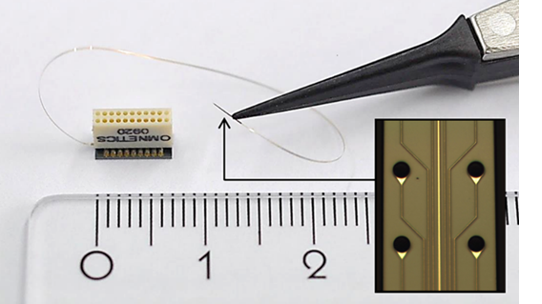
Interareal phase coherence as a mechanism for attention-dependent neuronal signal routing: A model-guided causal analysis using new, multi-contact floating silicon probes for intracortical chronic stimulation and recording in primates
Prof. Dr. Andreas Kreiter
Dr. Udo Ernst
Prof. Dr. WalterLang
The brain consists of large neuronal networks that are densely inter-connected. Depending on context, task and selective attention, sub-networks become selected such that specific computations are performed, which ultimately lead to appropriate behavioural output. Thereby sensory signals become selectively channelled through the brain. The latter is particularly evident in the visual system during selective attention. In higher areas of visual cortex as V4, the responses of neurons with several stimuli in their receptive fields were shown to be similar as if only the attended stimulus would be present. Last not least, in a recent experiment we employed behaviourally irrelevant random modulations of stimulus contrast as a direct method to explore the properties of signal routing by attention through visual areas. In particular we found that attention suppresses the contribution of the non-attended stimuli to the responses in V4 while it opens a specific frequency limited channel for the attended location.
These findings together pose a challenge to our understanding of the gating mechanisms in the brain. While the above mentioned experimental results are consistent with the hypothesis, that coherent oscillations might underlie the selective routing of information through cortex, there is still no model available that captures and integrates all relevant experimental results. In particular, it is still not decided if synchronization is in fact causally involved in the gating mechanism or rather an epiphenomenon reflecting increased coupling.
In this project we join as neurobiologists, theorists and engineers to attack these questions. To improve experimental access to and control of the networks under investigation we will in parallel develop, test and use a fully implantable, virtually force-free floating multi-contact electrode needle array for chronic intracortical recording and stimulation in the primate cortex. This will allow high resolution electric and visual stimulation as causal instruments to directly manipulate mechanisms putatively underlying the attention dependent selective processing of behaviourally relevant input signals as well as the effective suppression of behaviourally irrelevant signals. The new tools and methods will be established to directly influence different aspects of the dynamics of the cortical networks during attentive processing of visual stimuli by electrical stimulation. Simultaneously the gated signal channels can be characterized continuously by task-irrelevant contrast modulations. This will allow us to critically test the hypothesis that gamma-band synchronization serves as gating mechanism for attention dependent routing of information. Furthermore, the results will serve to characterize the fundamental properties of the network’s dynamic properties and will be used to build realistic models for the proposed routing mechanisms.
Creative Unit ISee
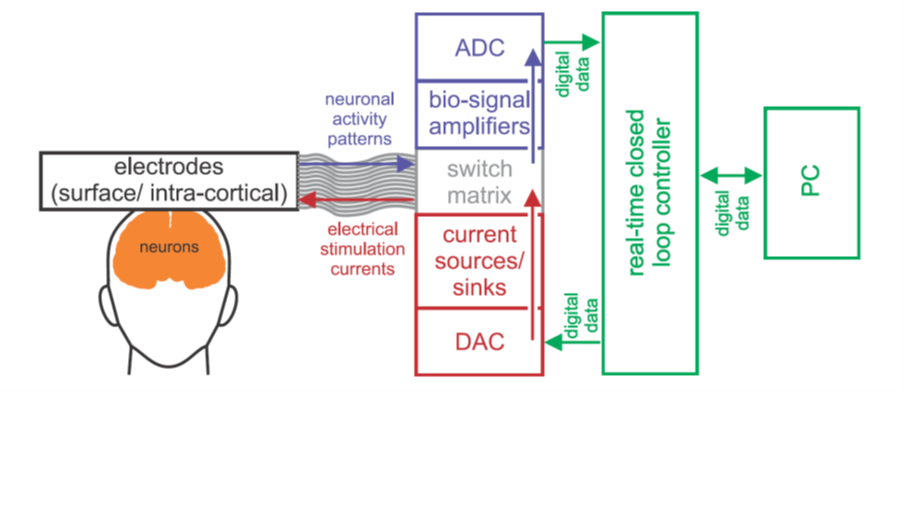
Creative Unit "I-See"
Prof. Dr. WalterLang
Prof. Dr. Steffen Paul
Prof. Dr. Andreas Kreiter
Prof. Dr. Klaus Pawelzik
Main objective of the Creative Unit (CU) I-See was the development of a cortical visual prosthesis. For this purpose the researchers of the CU investigated the neurobiological bases of feeding elementary visual information into the visual cortex towards the design of a completely wireless implant. The CU was funded from 2013 to 2017.
The envisioned implant has a highly flexible surface electrode array with ca. 400 electrodes. The layout is optimized for the functional anatomy of the visual cortex and a good contact between electrodes and brain tissue. The electronic circuits integrated in the flip-side of the mat measure epicortical field potentials with high spatial and temporal resolution and transmit them to an external base station. Furthermore, the device can generate complex spatio-temporal patterns for electrical stimulation. Energy is supplied via an inductive link and the data is transmitted wirelessly by radio frequencies. An important goal was to develop long-term stable sealing.
The neurobiological investigations aimed at a verification of functionality of the implant, the development of models which predict optimal electrical stimuli and the characterization of the visual percepts induced by electrical stimulation. The project is based on extensive and joint preparatory work of its members performed in various constellations.
HWK Focus Group
The Hanse-Wissenschaftskolleg Institute for Advanced Study (HWK) https://hanse-ias.de/ supported Bremen University’s Creative Unit “I-See” with a Focus Group https://hanse-ias.de/das-institut/projekte/focus-groups from 2016 to 2019 which was an important basis for the current EU grant (Speakers: Dr. Udo Ernst and Dr. David Rotermund). In the framework of the Focus Group, two workshops with renowned international experts were held at the HWK and co-funded by the institute. The interdisciplinary meetings helped to improve our international networks, to increase our visibility in the field, and to get impulses for our own research in several crucial research fields.
The 11th Bernstein Sparks Workshop "Naturalistic integration of information from external stimulation into ongoing neuronal activities of the brain" took place at the HWK from October 20 to 23, 2016. It brought together scientists, clinicians, and engineers who discussed about the problem of how to deliver “meaningful” stimulation to cortical areas. This involved fresh off-the-bench results on network dynamics, information processing, and technical challenges of stimulating cortical tissue.
https://hanse-ias.de/veranstaltungen/tagungen-details/bernstein-sparks-workshop
From March 25 to 28, 2017, an Excellence Workshop at the HWK shed further light on collective neuronal dynamics and the operation of cortical networks near critical states. The workshop “Dynamical Network States, Criticality and Cortical Function" hosted the leading experts from all over the world and delivered important insights for the later grant application. The results were published in an edited volume published by Springer.


